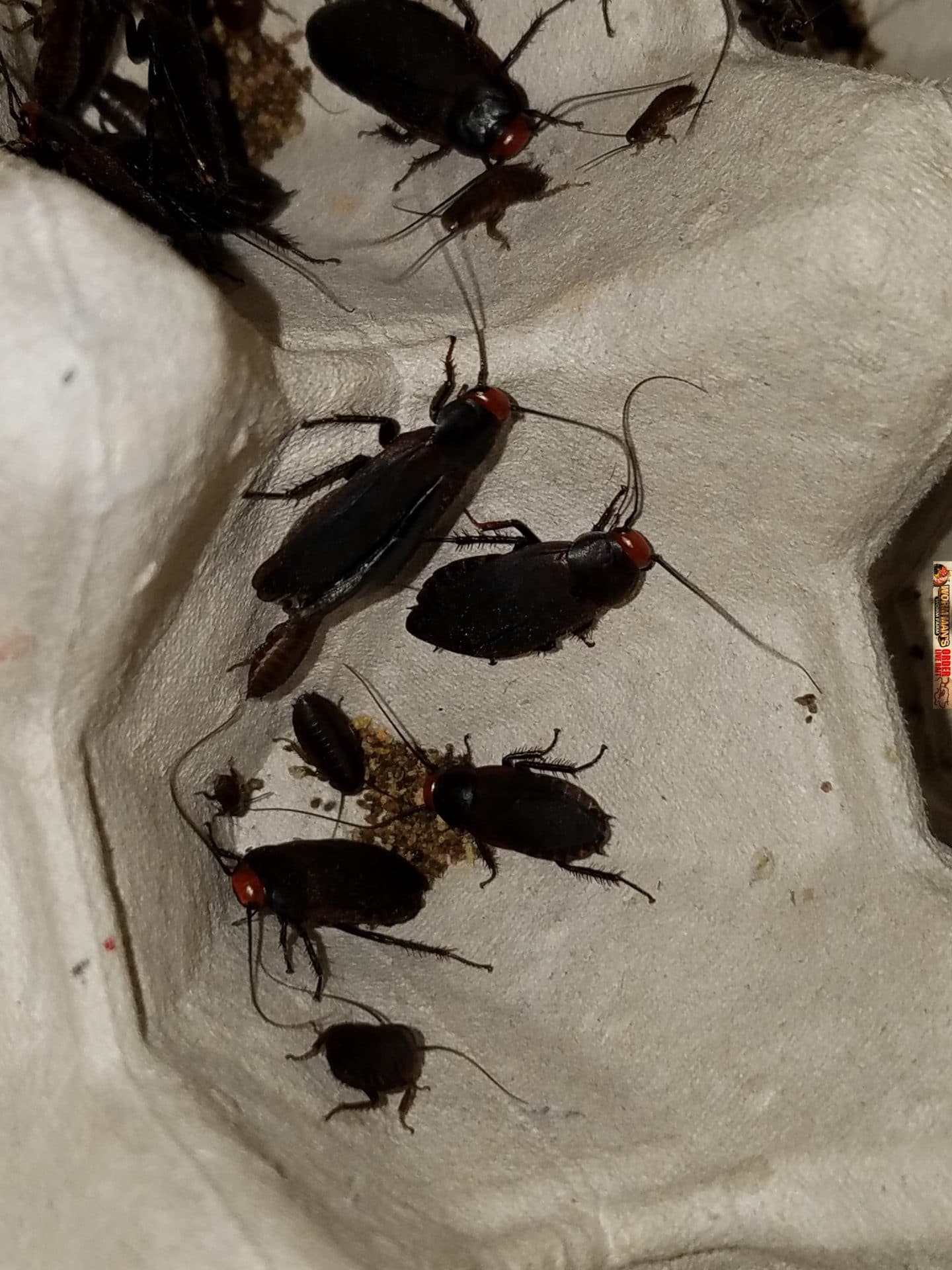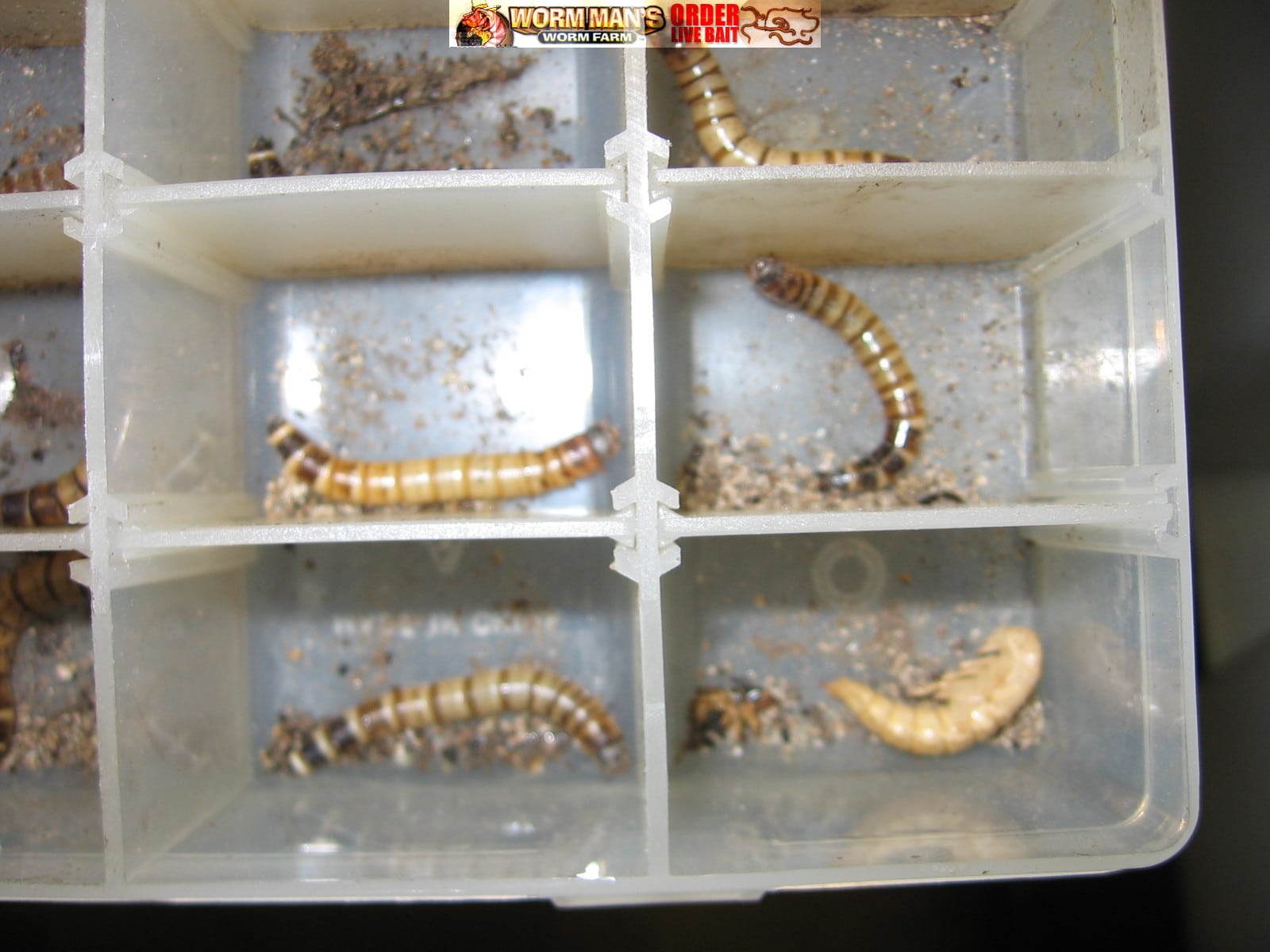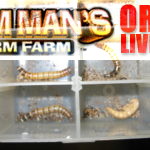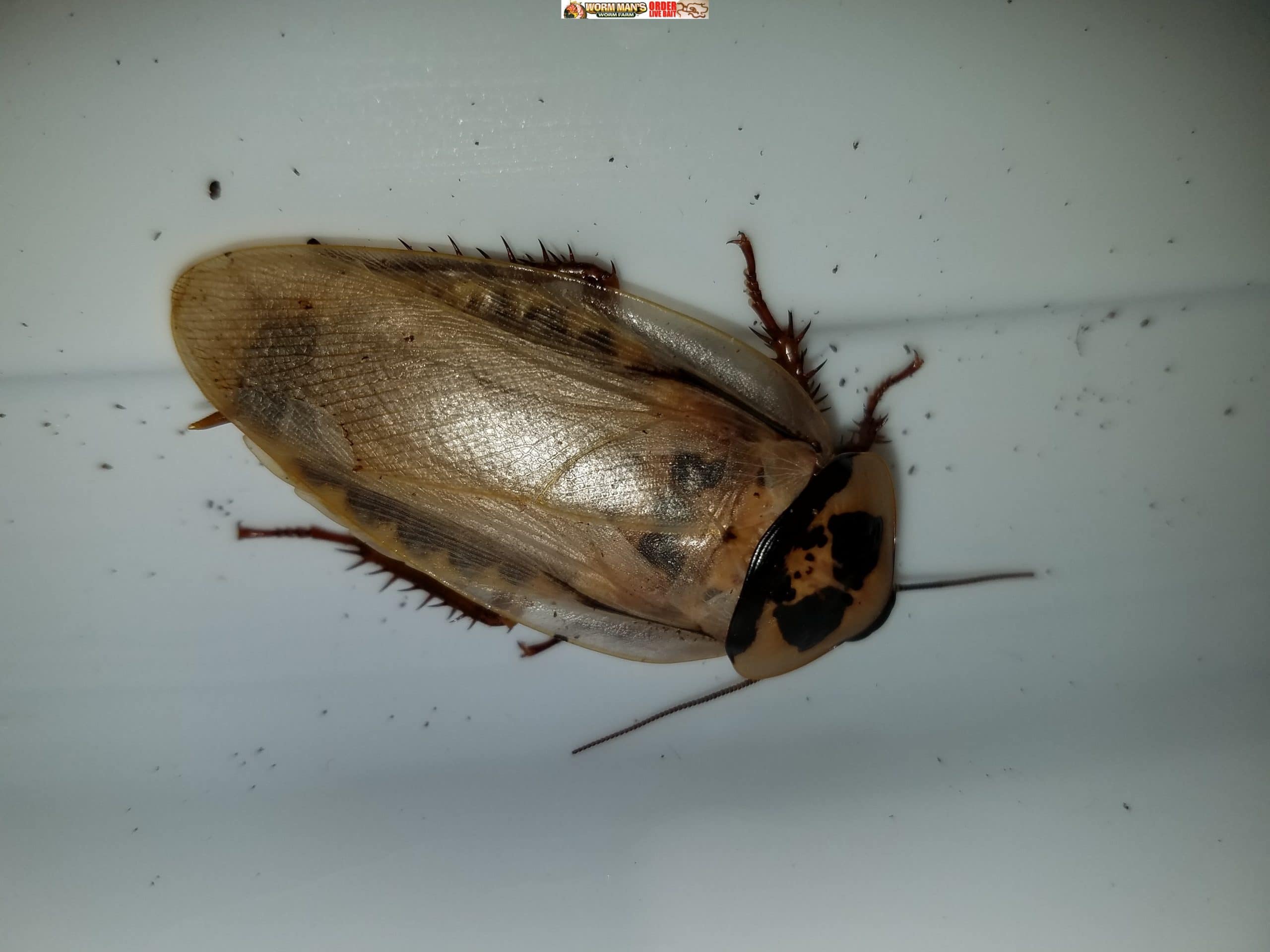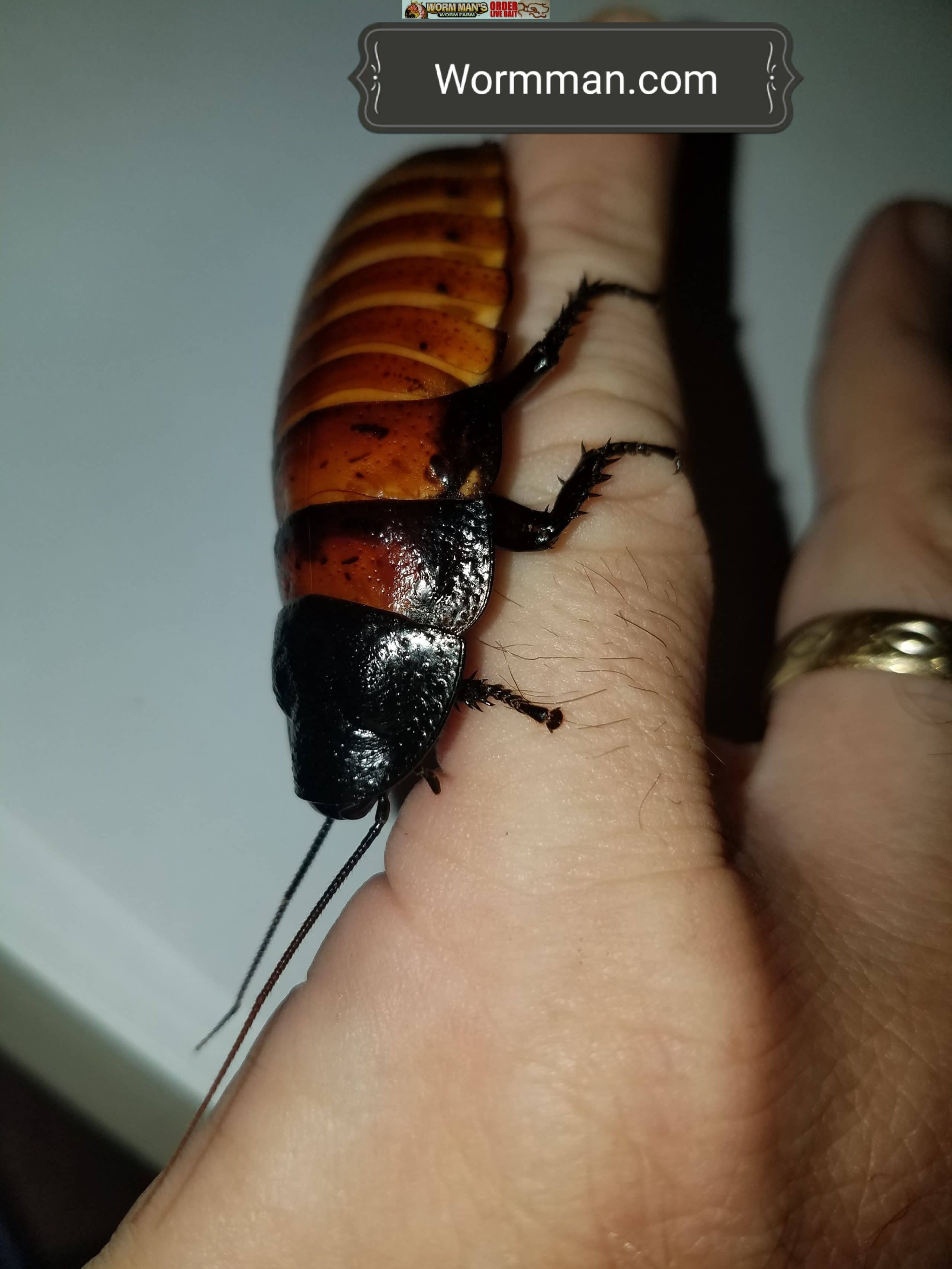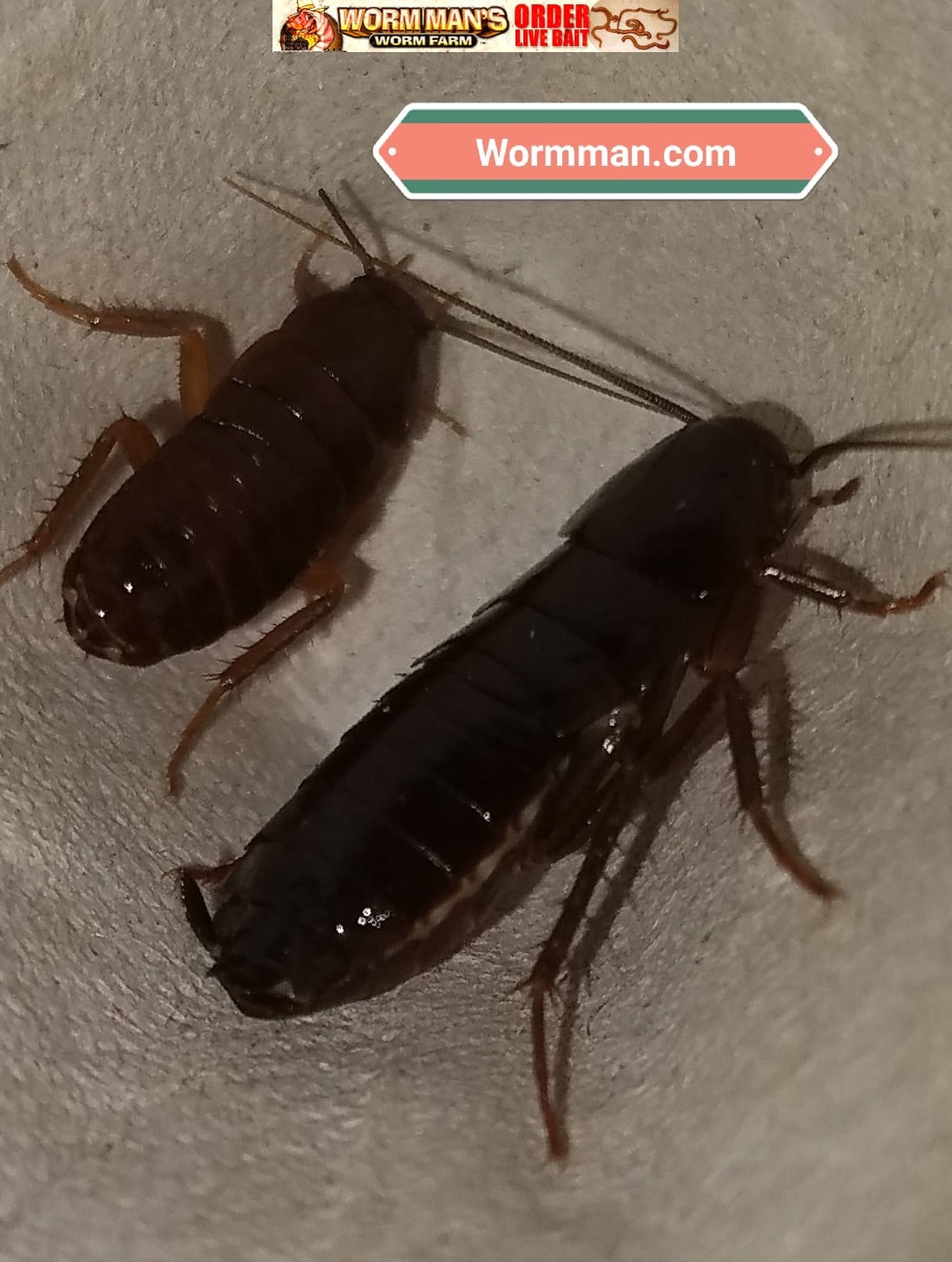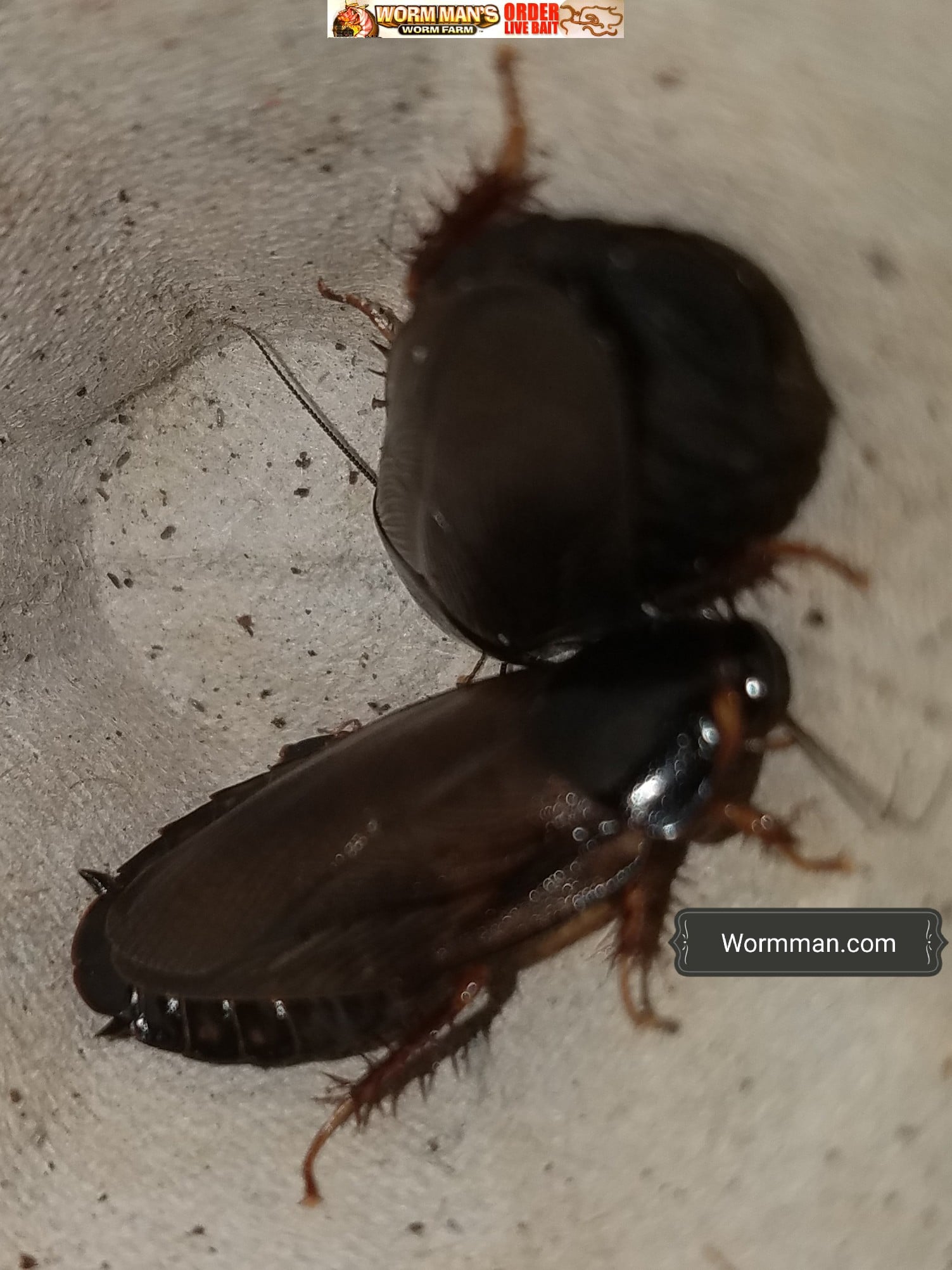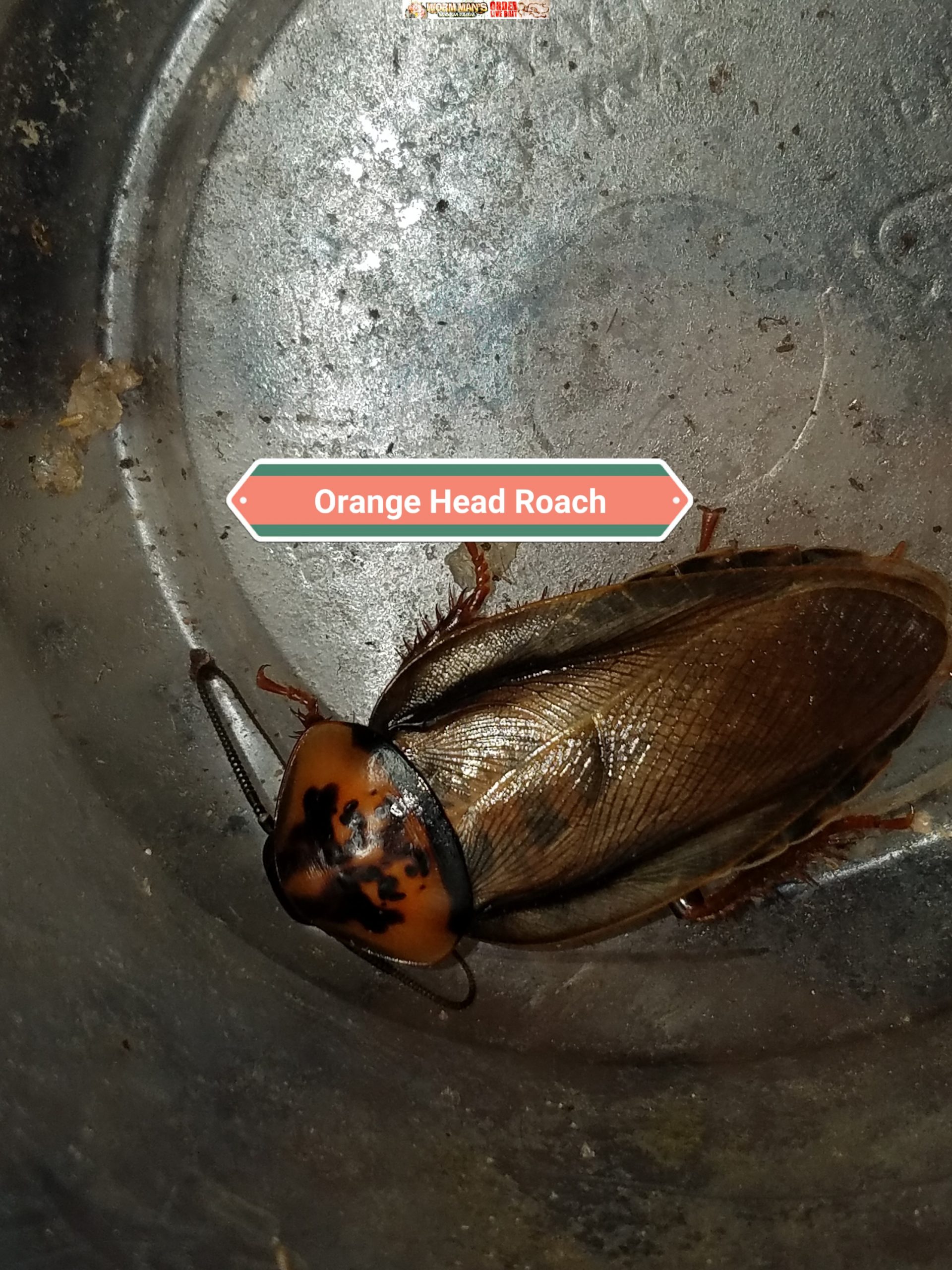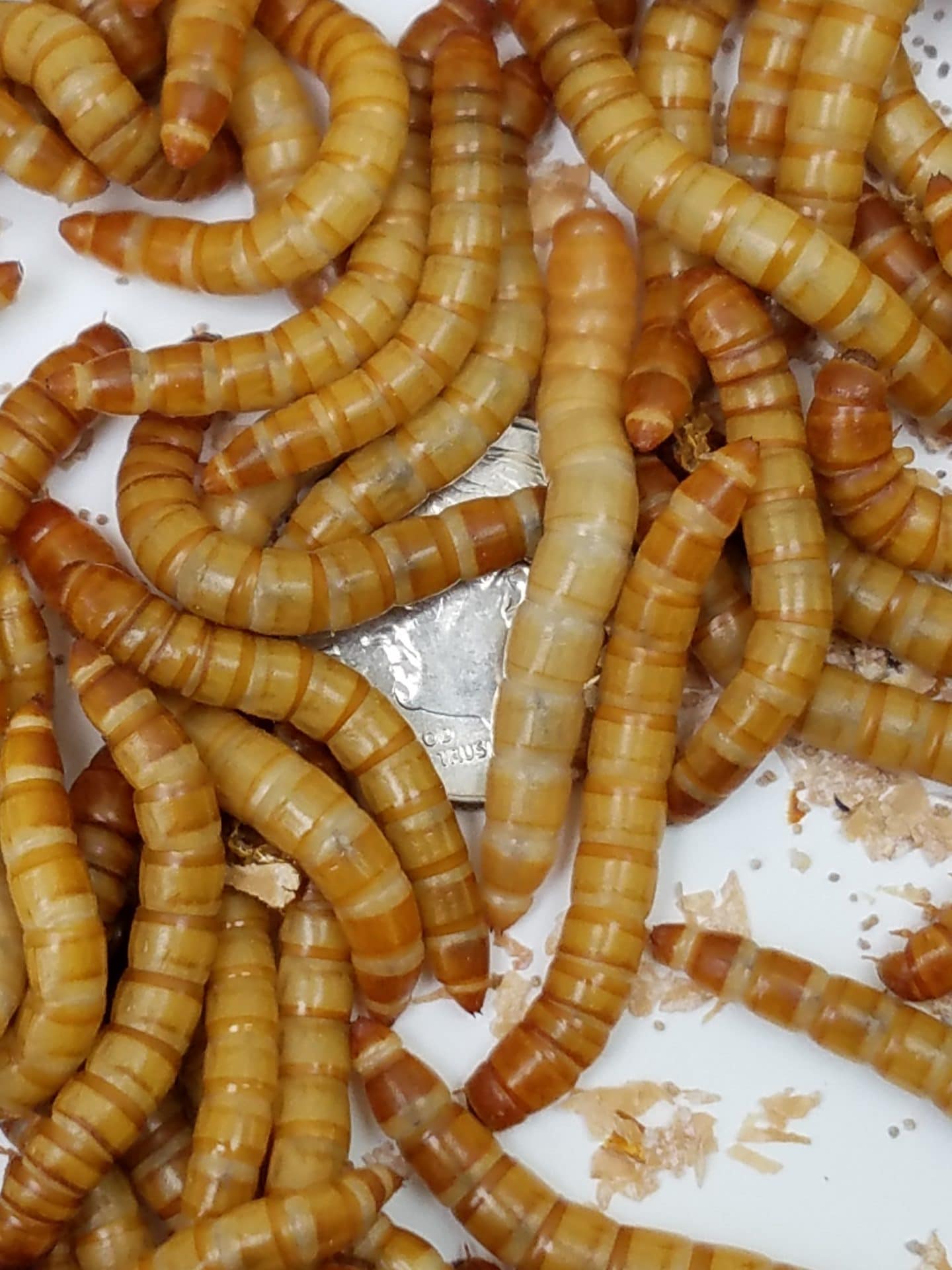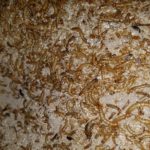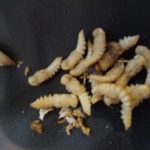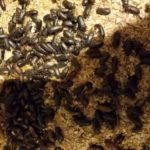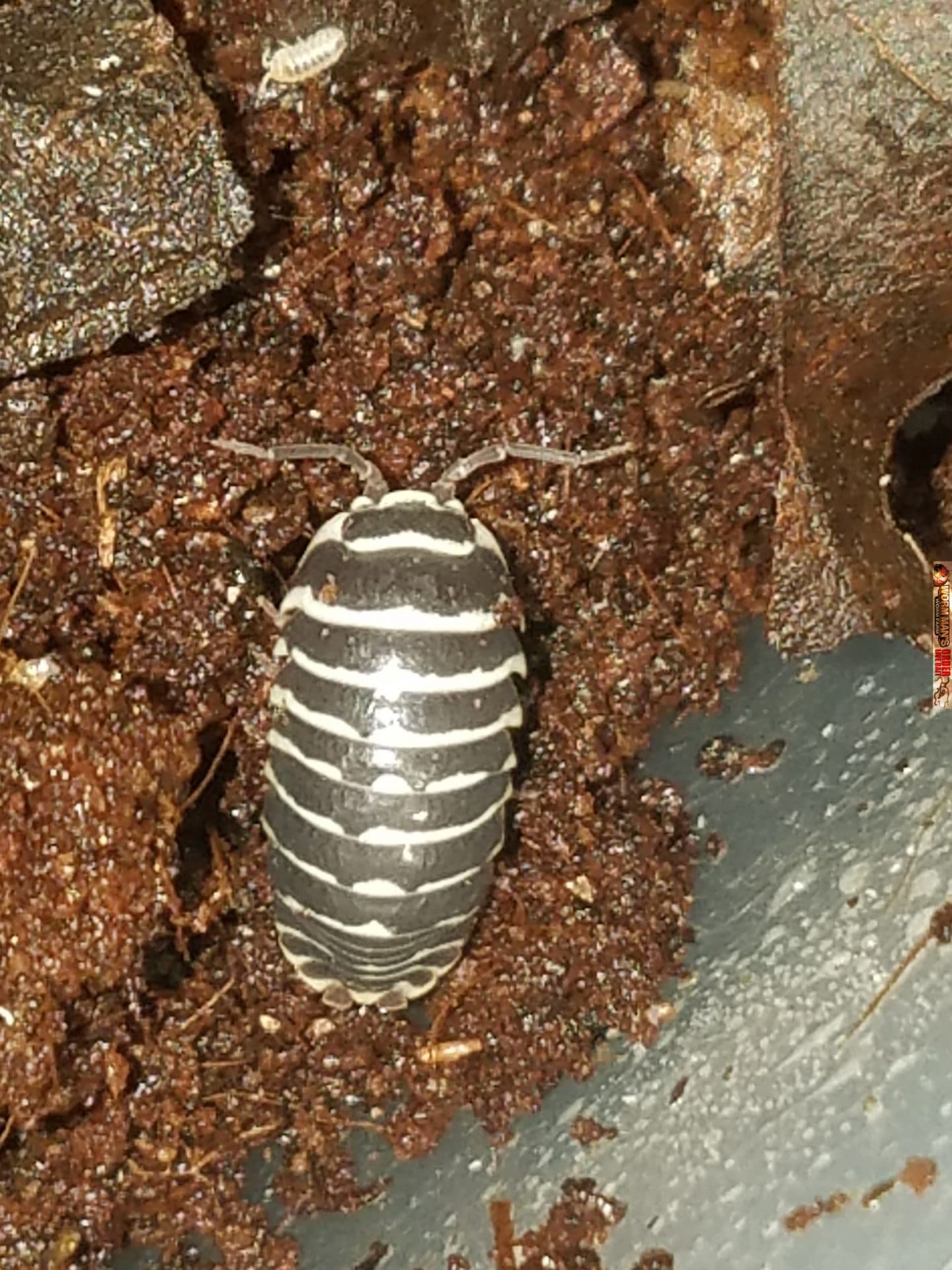
Roach Care Sheet
| Isopod Care Sheet:
Zebra Isopods Armadillidium maculatum
|
| Common and Scientific Name |
Zebra
Isopods
Armadillidium
maculatum |
| Breeding Information and Defining Characteristics |
They will breed readily if their requirements are meant. This isopod likes a drier substrate with drier leaves but with a moist retreat. They love fish flakes and fresh vegetables. They also like it warmer than many isopods. If you keep them between 75 and 85
|
| Feeding Preferences | Fish food flakes, fresh vegetables, dried tree leaves. |
| Housing Requirements |
Zebra Isopods will do well in a shoe box or any container or aquarium with a lid to keep out pests, flies, spiders and that sort of thing. |
| Difficulty Rearing |
Medium difficulty because of the substrate requirements. |
| Lifespan |
8 to 12 months which comes from us tracking individual breeders over time. |
| Substrate |
Peat moss or Coconut Coir bedding. With a covering of dried leaves. |
| Temperature and Humidity |
They like it on the warm side, which is between 75 and 85 degrees. You can easily reach this temp by keeping them near furnace, on a refrigerator or on top of a heating pad made for reptiles or plants. I have linked to a couple as a reference. |
| Pictures |
  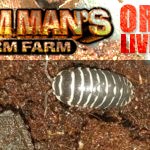 |
| Zebra Isopod
Care Video |
|
| Video |

